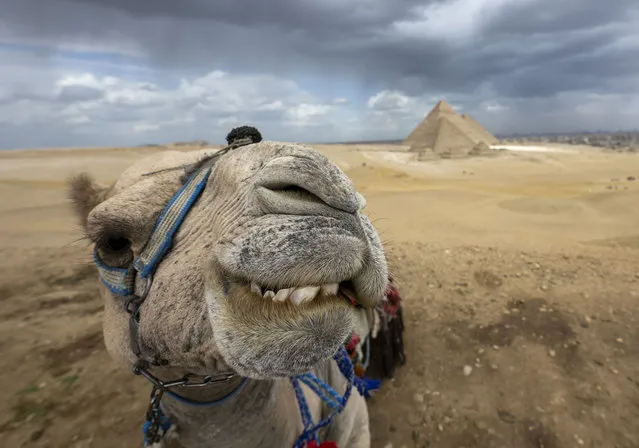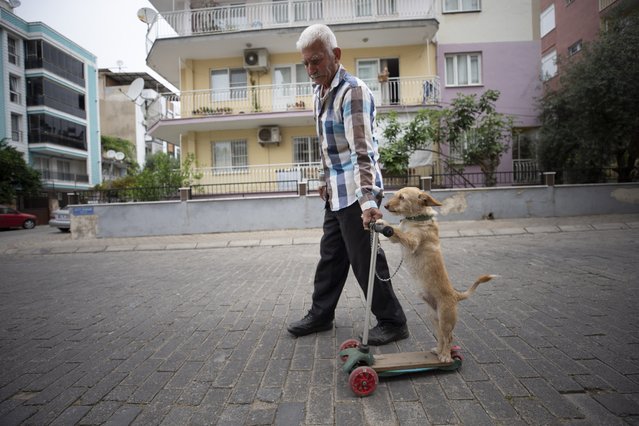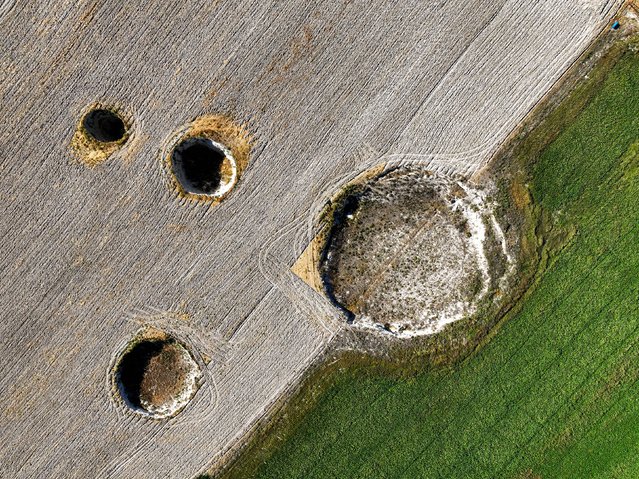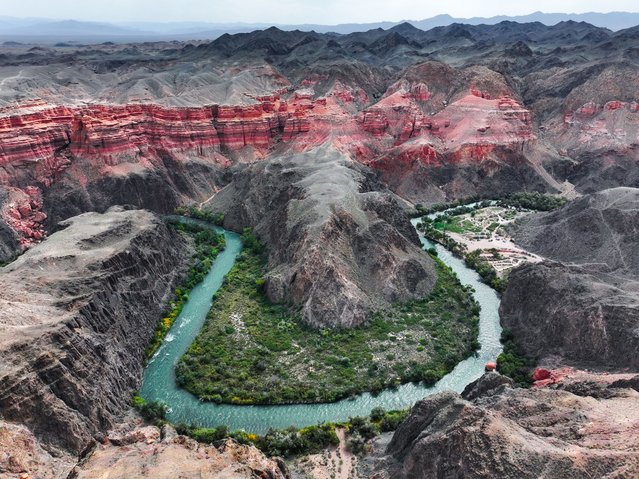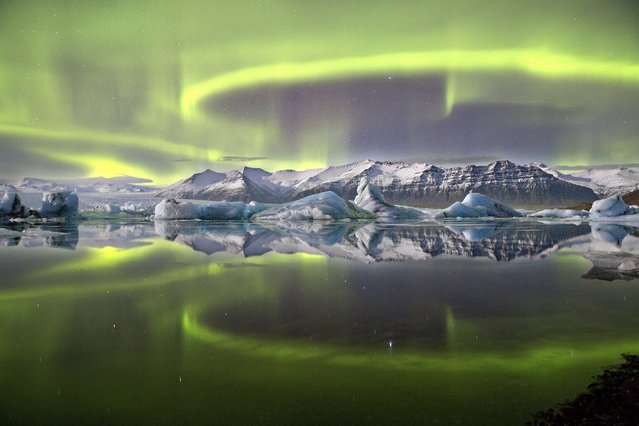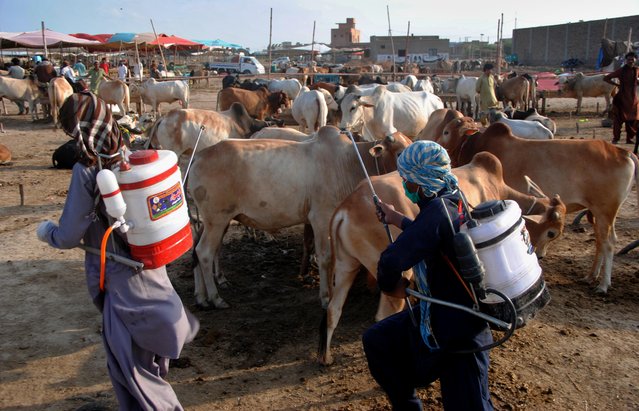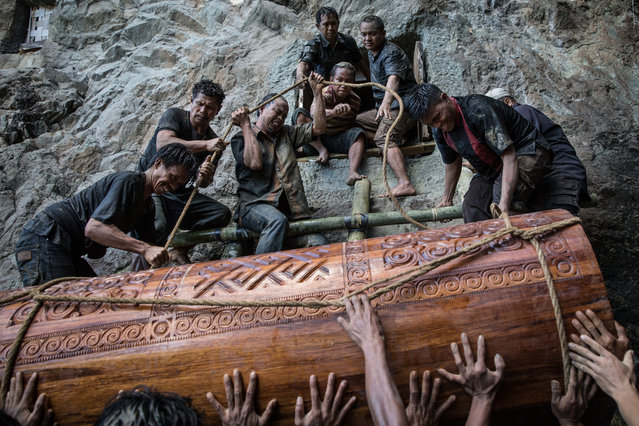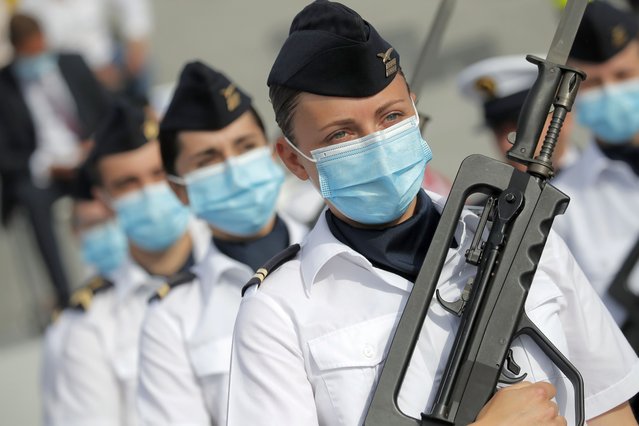
Soldier wear face masks prior to the Bastille Day parade Tuesday, July 14, 2020 on the Champs Elysees avenue in Paris. France are honoring nurses, ambulance drivers, supermarket cashiers and others on its biggest national holiday Tuesday. Bastille Day's usual grandiose military parade in Paris is being redesigned this year to celebrate heroes of the coronavirus pandemic. (Photo by Christophe Ena/AP Photo/Pool)
16 Jul 2020 00:07:00,post received
0 comments

